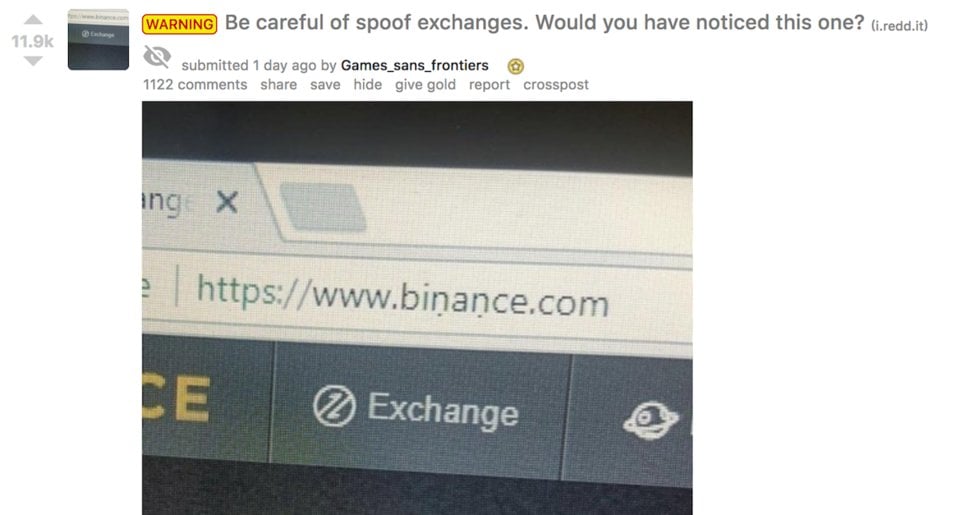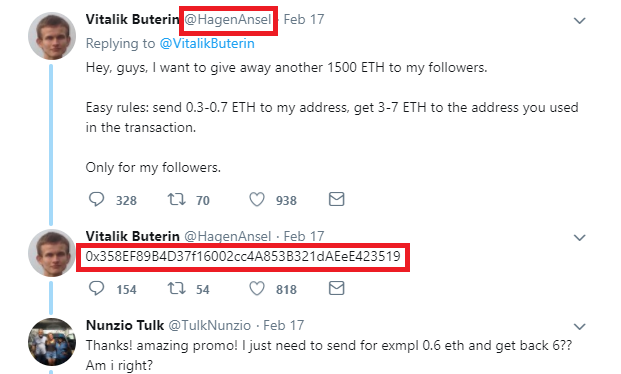How to Protect Your Investment From Crypto Scams

Share this article
The advent of the blockchain revolution and the development of cryptocurrency has generated an entirely new asset class, heavily disrupted incumbent financial institutions, and minted new crypto-millionaires… but it’s also created an entirely new breed of crypto scams.
The highly transferable nature of cryptocurrencies, their extreme fungibility, and the complexity of blockchain technology has created an environment that is saturated with scams that attempt to separate unsuspecting or ignorant cryptocurrency holders from their capital.
These scams come in many forms, and can sometimes be hard to avoid. We’ll proceed to break down the three most common types of cryptocurrency scams and identify their key indicators to help you protect your cryptocurrency investment.
ICO Scams
ICOs, or initial coin offerings, are one of the most disruptive applications of blockchain technology. Innovative startups and new blockchain platforms use ICOs to generate capital outside of the traditional realms of VC. In 2017, initial coin offerings gathered more than $1.3 billion dollars, which has made the ICO industry a prime target for scammers.
In an ICO, startups typically offer investors the opportunity to purchase tokens that will be used on the platform once it launches. The most common type of scam in the ICO ecosystem is an “exit scam” in which fraudulent ICOs will sell investors useless tokens then disappear with the capital collected.
Notable ICO exit scams include the Confido scam, which netted over $375,000 of investor money, and the LoopX scam, which walked away with a massive $4.5 million. While these crypto scams were able to dupe a massive amount of investors, there are a number of key signs that could have been used to identify them in advance.
How to Spot an ICO Scam:
- Lack of Online Presence: Always check the team behind an ICO. Ensure that the individuals that are launching an ICO are real by assessing Linkedin profiles and third party sources. A good ICO will provide links to Telegram, Slack, and other social media platforms. Never invest in an ICO with an anonymous team
- Guaranteed Profits: If an offer sounds too good to be true, it is. There are no “sure things” in the world of crypto investing. If a platform promises guaranteed profits or returns— especially though “staking” or “lending”, you can be sure it’s a scam
- No White Papers or Bad White Papers: A white paper is the core of an ICO proposition, and should outline both the technical and fundamental drivers of a project. If there’s no white paper, don’t invest. Always check to see if a white paper is plagiarized by performing a search for quoted passages
- Imbalanced Premines: A premine makes a specific amount of tokens available to early investors or team members before an ICO crowdsale goes live. If an ICO reserves a massive amount of capital for its team, it’s likely an exit scam
Phishing Crypto Scams
Phishing scams are another common scam in the cryptocurrency industry. Scammers will often “clone” an exchange website and host it on a domain that looks extremely similar to the real one. In some cases, scammers will even pay for Google Adwords advertising to ensure that their scam platform is promoted to individuals searching for the platform.
If you enter your details into a phishing website, or reply to a phishing email with your username, password, or private key, you’re going to lose all of your cryptocurrency. Never provide your private keys to anybody, and always ensure that the URL of the platform you’re visiting is correct. You can check this in your URL bar— look for the green “secure” certificate:
It gets worse. One of the toughest crypto scams yet to identify is shown below. The image is of a scam website originally spotted by a Reddit user, evantbyrne. It has the https: that you would seek… but what are those two bits of dust below the ‘n’ letters in Binance? They’re not dust at all. They’re ‘dot diacritics’ which are used in some European languages. Convincing, isn’t it?

Twitter Scams
Twitter scams commonly target high-profile cryptocurrency industry personalities and attempt to trick their followers into sending cryptocurrency to a wallet address. Twitter crypto scammers operate by using networks of bots to reply to an official announcement with a statement that appears to be made by the original poster.
Often, the scammer will claim to have sent ETH to an address listed in the comments, and to have received more in return. Then, dozens of comments will show up in which the bots claim to have successfully obtained free ETH.
These scammers often use the same profile picture and name as the account they are trying to imitate, as evidenced below:
You can read more about this specific Twitter scam here. There is a handy Chrome plugin that can be used to identity copycat accounts on Twitter called EtherSecurityLookup, but as a general rule it’s best not to send cryptocurrency to random wallet addresses you find on social media.
Use Common Sense
Crypto scams evolve as fast as the market itself, so it’s impossible to compose an exhaustive list of all crypto scams in existence. By maintaining a skeptical mind, however, and never trusting any proposition at face value, it’s possible to operate in the cryptocurrency market without ever getting scammed. Always perform your due diligence, performing fact checks with third party sources before committing to any investment.
And if someone is offering you free money, do a quick reality check: what would you do if someone approached you on the street with the same offer?
Share this article

